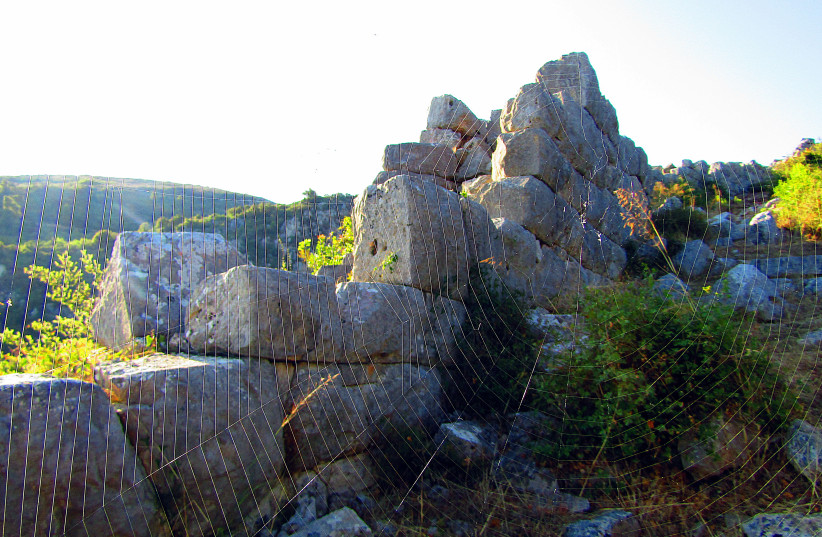New excavations have unearthed further evidence that a previously discovered temple was a cult building within the famous sanctuary of Poseidon, which was an important religious center in the region, according to the Austrian Academy of Sciences. The new discoveries show that the temple discovered in 2022 was larger than previously assumed.
Archaeologists from the Austrian Archaeological Institute of the Austrian Academy of Sciences and the Ephorate of Antiquities of Elis of the Greek Ministry of Culture uncovered a building in 2022 that was likely located within the famous sanctuary of Poseidon, and may even be identified as a temple of the god of the sea and earthshaker.
During excavations in the fall of 2023 by archaeologists of the OeAI and the Greek Ministry of Culture in Kleidi-Samikon in the Western Peloponnese, more parts of the temple were uncovered.
A second room was discovered, previously believed to be a vestibule
In the recent excavations, it became clear that the building is larger than originally believed. What was initially thought to be a vestibule, was actually a second room. The building is about 28 meters long and over 9 meters wide. It consists of two interior rooms, a vestibule and a rear hall or shrine.
Birgitta Eder, archaeologist and head of the Athens branch of the Academy’s Austrian Archaeological Institute remarked, “We are looking at an Archaic temple consisting of two main rooms. A central row of two columns, which we found in the first hall and which supported the large roof covered with tiles, belongs to this phase. We may assume that there were also such columns in the second room. In any case, the ground plan of the temple is unusual. So far we know of no comparable buildings.”

The research also shows that the temple was built in two phases. The director of the Ephoria of Elis detailed that “in the second half of the fourth or first half of the third century BC, the Archaic temple from the sixth century BC was renovated.”
The old roof tiles were taken and applied as a subfloor for the new floor to serve as insulation against groundwater and for floor stabilization, she described. These dates are able to be estimated because they correspond to the finds of pottery, which can be assigned to the Archaic and Late Classical to Early Hellenistic periods.
In the future, the team wants to find out more about the dimensions of the sanctuary, and what its purpose was. There is also speculation as to what else lies beneath the earth in this location.
This research is funded by the Gerda Henkel Foundation and the Austrian Archaeological Institute of the Austrian Academy of Sciences. It occurs through close cooperation between the Greek Ministry of Culture and the Athens branch of the Austrian Archaeological Institute.
